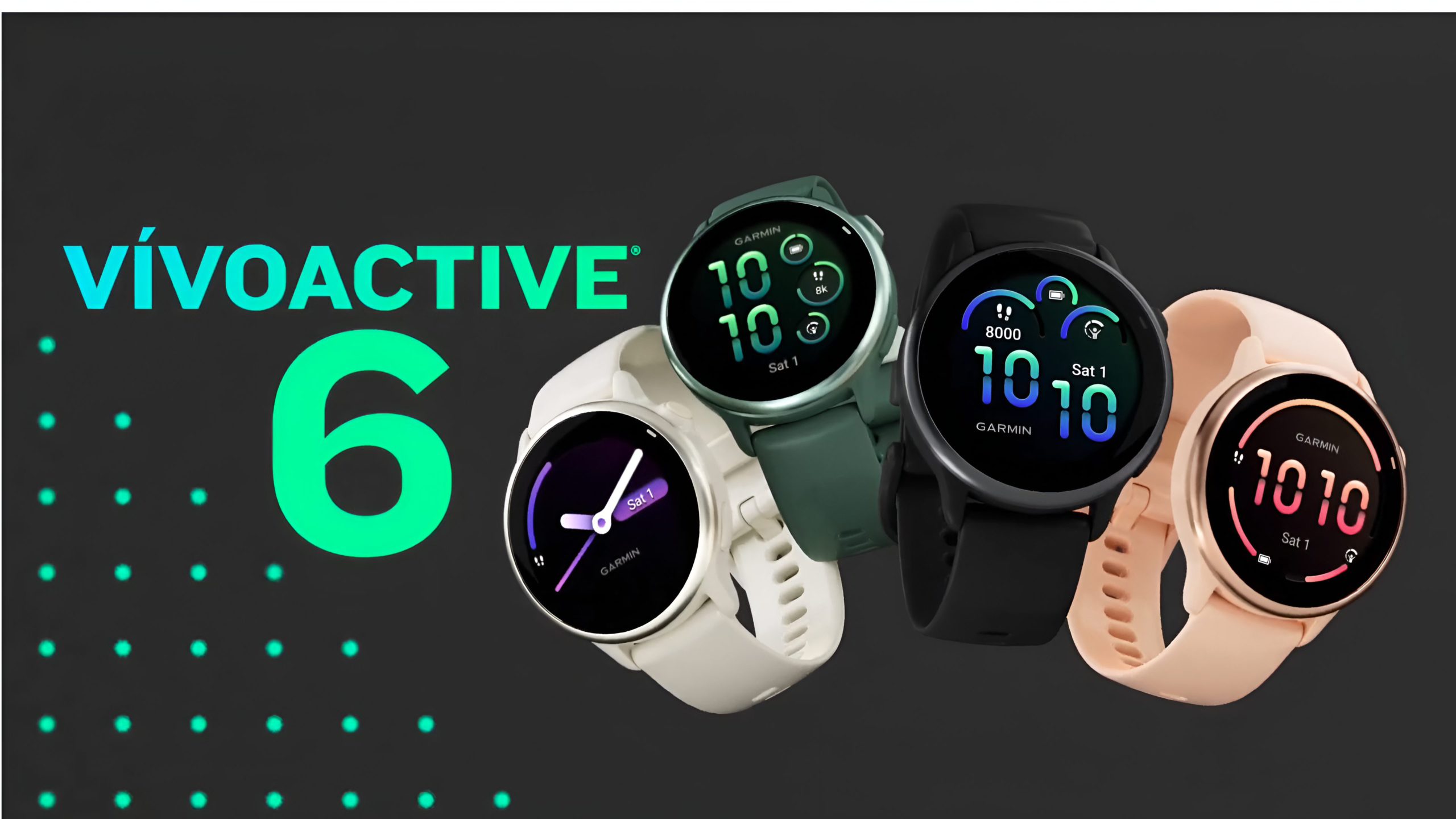Ever wondered how a deadly threat becomes life-saving medicine? Snake farms across China transform venom into valuable health supplements. These controlled environments ensure the year-round production of traditional medicine ingredients. Workers carefully extract venom without harming the snakes. The process maintains quality standards impossible with wild collection.
The global market for these products continues to grow despite modern alternatives. That’s just one modern manufacturing marvel worth learning about. There are plenty of others to take a look at as well.
19. Snake Farming

Although they aren’t the only deadly creatures on the planet, each year, snakebites kill about 100,000 people worldwide, yet Chinese snake farms are turning this danger into medicine. These special farms supply key ingredients for health supplements through carefully controlled spaces that ensure a year-round supply of materials for traditional medicine sold globally. If you’re interested in alternative medicine, these farms provide steady quality and sustainability that collecting wild snakes simply can’t match.
18. Mushrooms
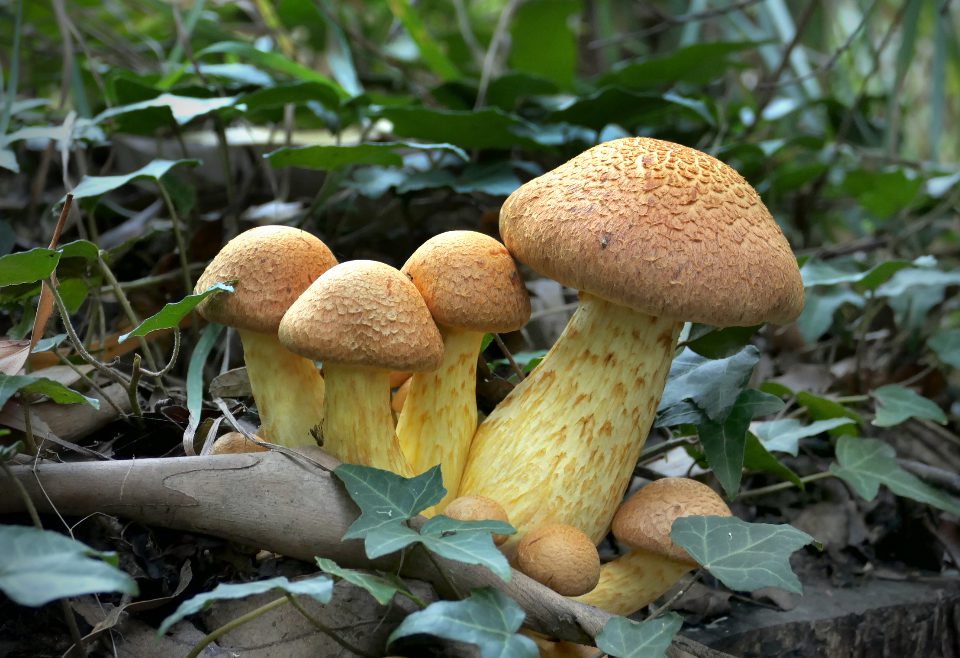
If you’re amazed by things that grow fast, mushroom growing will surprise you. Underground networks form the base for fungi that can double in size within 24 hours when conditions are right, which explains why they seem to pop up overnight. Mushroom farming works better than regular farming by using vertical space and turning low-value materials into valuable food with minimal harm to the environment.
17. Electronic Skin Tattoos

The simple bandage gets a high-tech upgrade with e-tattoos that constantly track vital signs like heart rate and temperature. Wireless data sending makes these devices handy for healthcare, although privacy concerns and lack of firm rules remain big issues. Early users of this technology report 24/7 health tracking without the bulkiness of regular devices, potentially changing everything from sports training to managing long-term illness.
16. Bamboo Bikes
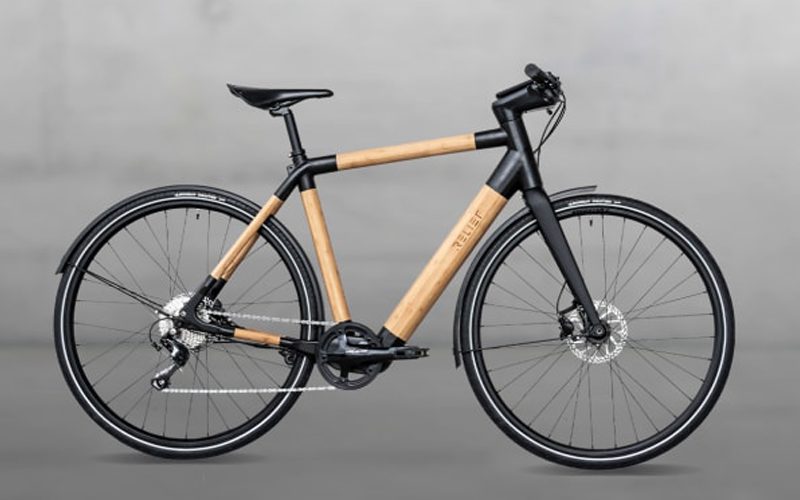
The bamboo bike combines old design with modern sustainability needs, dating back to 1894 yet seeing new popularity recently. Bamboo’s light yet strong nature and fast growth create an excellent frame material when properly prepared. Each bamboo frame absorbs more carbon during growth than is released during production, making it one of the few truly carbon-negative transportation options available today.
15. Graphene Clothes

Stuck in extreme weather? Graphene-enhanced fabrics offer better strength and durability in tough environments. Smart versions of these fabrics can track vital signs throughout the day, although the possible risks of long-term exposure aren’t yet fully known. For athletes and outdoor enthusiasts wanting performance advantages, the temperature-regulating properties of graphene clothing maintain optimal body temperature no matter the outside conditions.
14. Cactus Leather

If you’re looking for sustainable fashion alternatives, cactus leather offers a promising option that uses 80% less water than animal leather processing. While marketed as environmentally friendly, researchers are still studying sustainability claims about this Nopal cactus leaf material. Fashion brands caught between consumer demand for sustainability and practical material performance find this innovative leather substitute works well without compromising quality.
13. Salt Lamps
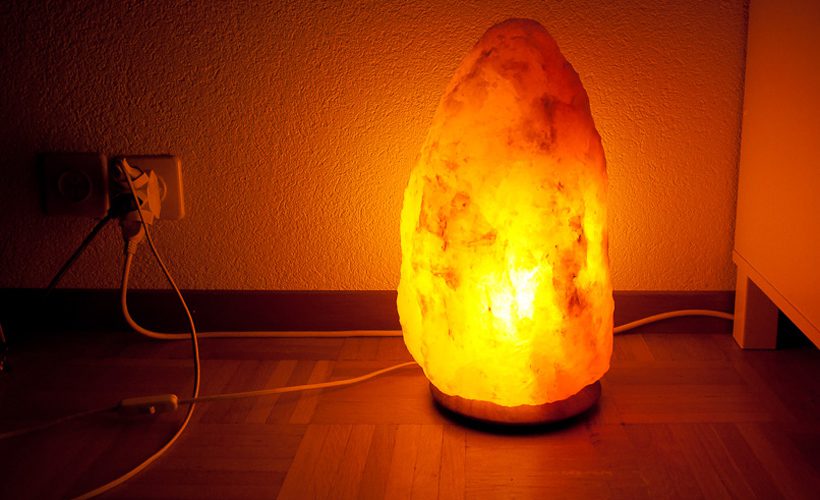
Ever wondered why salt lamps are so popular in homes and offices? Himalayan salt lamps are said to purify the air and reduce stress levels. The warm pink glow creates a calm space, even though scientific evidence supporting health claims remains limited. Salt lamp sales have increased by 40% in the last five years, showing that consumers value both their decorative appeal and potential wellness benefits, regardless of what science has confirmed.
12. Carbon Negative Vodka

The vodka that helps fight climate change sounds impossible, yet this innovative spirit removes CO2 from the air and transforms it into ethanol. While potentially reversing carbon emissions, questions about total energy use during production still need answering. If you’re worried about your environmental impact while enjoying spirits, this pioneering approach offers a guilt-free option that benefits the planet with every sip.
11. Human Organs with 3D Printing
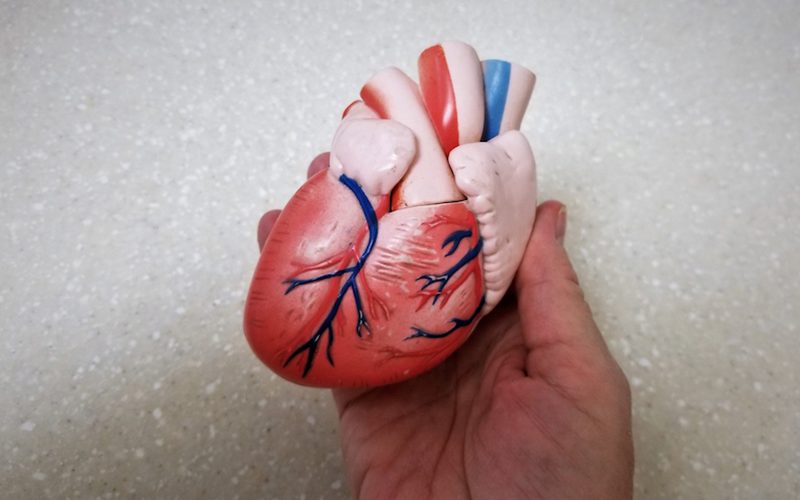
With over 100,000 Americans waiting for organ transplants, bioprinting technologies that recreate biological structures offer life-saving potential. As early as 1999, surgeons successfully implanted a 3D-printed bladder in a human patient, marking a major milestone in this field. The technology creates precise, patient-matched organs using the patient’s cells, potentially eliminating transplant rejection issues that plague traditional donor approaches.
10. Music from Ice

The Ice Music Festival in Sweden transforms frozen water into extraordinary musical instruments that need sub-zero temperatures to preserve. During performances, these temporary creations gradually melt despite special techniques designed to extend their usable lifespan. Caught in the right moment, audiences experience unique sound qualities impossible to reproduce with normal materials—a musical experience that disappears as it’s being created.
9. Artificial Diamonds

Worried about mining impacts? Lab-grown diamonds provide ethically sourced alternatives created through either HPHT (high pressure, high temperature) or CVD (carbon atom deposition) methods. These lab-created gems match natural diamonds in quality and appearance while providing more affordable options than mined stones. For environmentally conscious jewelry buyers, these manufactured diamonds reduce water usage by 70% and create 85% less mining waste compared to traditional diamond extraction.
8. Self-Healing Concrete
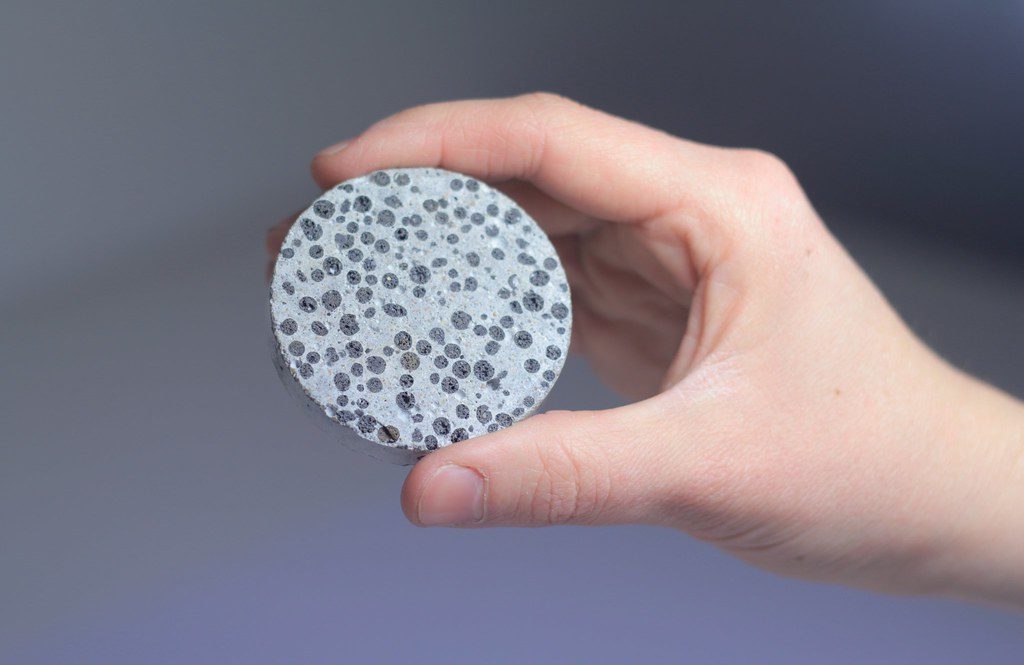
Infrastructure damage costs the global economy $4.2 trillion annually, yet innovative self-healing concrete repairs its cracks through various mechanisms. Some versions use bacteria-based healing, while others use enzymatic processes or tiny capsules that break to release sealant when damaged, significantly extending infrastructure lifespan. The technology could extend the service life of critical structures by 30-50%, dramatically reducing maintenance costs while improving safety in bridges, tunnels, and buildings worldwide.
7. Vegan Leather from Pineapple Leaves
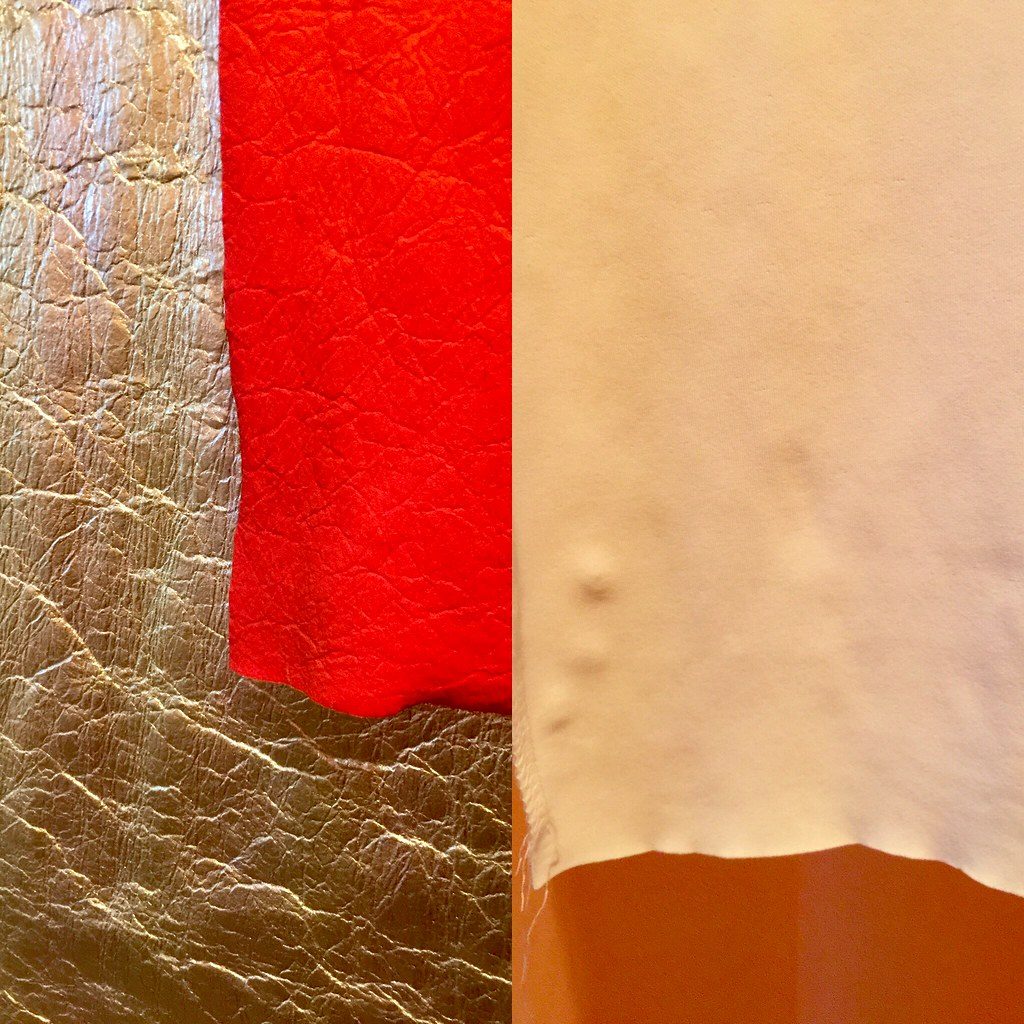
The fashion industry’s waste problem finds an unexpected solution in Pinatex, which transforms discarded pineapple leaf fibers into versatile leather alternatives. Though marketed as a biodegradable option, the petroleum-based coatings often applied to the material raise legitimate questions about its complete eco-friendliness. A single pineapple harvest can produce enough leaf fiber for approximately 20 square feet of leather alternative, turning agricultural waste into valuable material for an industry seeking sustainable options.
6. Recycled Plastic Roads
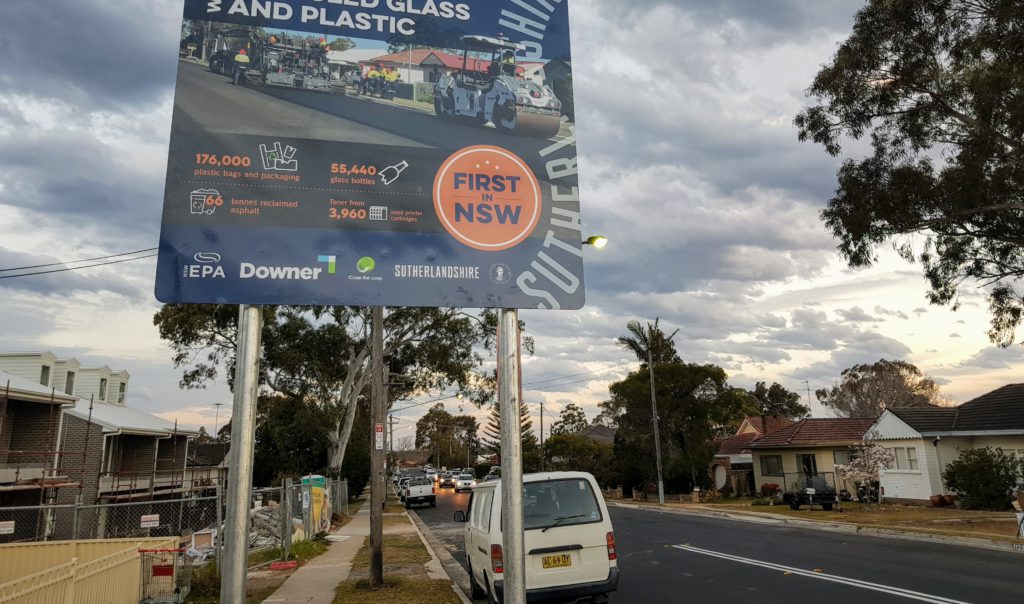
When traditional asphalt fails, plastic waste steps in to create more durable road surfaces thanks to technology pioneered in 2001 by an Indian scientist. Environmental engineers continue studying potential microplastic pollution impacts and long-term durability questions as implementations expand globally. If you’re managing infrastructure in regions with extreme weather, these plastic-enhanced roads have shown 300% better pothole resistance than conventional materials during seasonal freeze-thaw cycles.
5. Edible Water Blobs
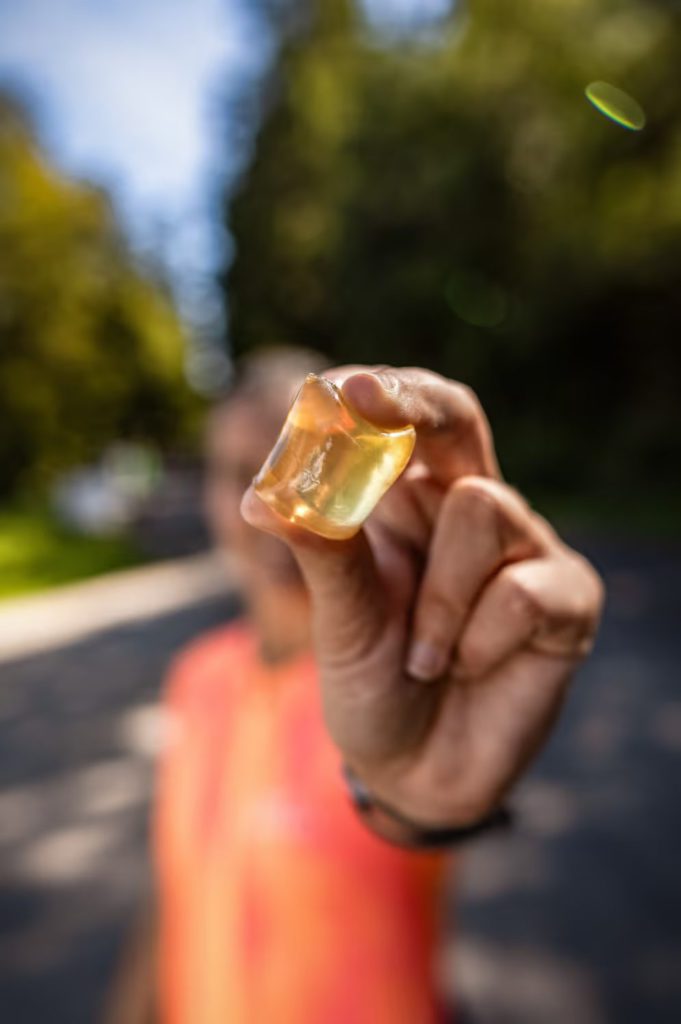
Tired of plastic water bottle waste? Edible water blobs offer a solution that might sound straight out of science fiction. Created through a process called spherification, these membrane-encased water bubbles are completely edible and biodegradable. The process uses sodium alginate (from seaweed) and calcium to form a gel-like membrane around water. A single edible water blob eliminates the need for a plastic bottle, though questions about practical transportation and widespread adoption remain. For event planners seeking zero-waste hydration options, these innovative water containers disappear after use.
4. Floating Farms
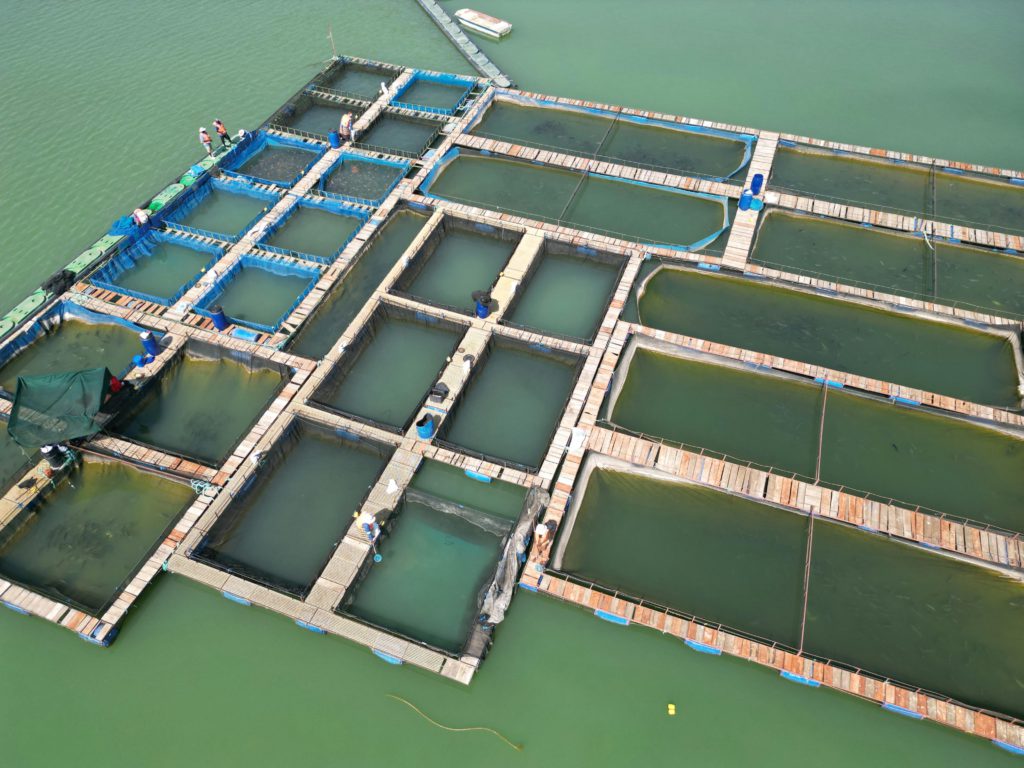
Rising sea levels and shrinking land resources have sparked innovative farming solutions that float. Rotterdam’s floating dairy farm houses 40 cows producing fresh milk daily, while Bangladesh has long used traditional floating gardens to grow food during monsoon seasons. These water-based farms adapt to changing water levels and make use of previously unusable space. Floating farms can produce up to 10 times more food per square foot than conventional land-based farms, offering a promising solution for coastal cities facing climate change impacts and food security challenges.
3. 3D Printed Food

The future of food preparation might come from a printer rather than an oven. 3D food printing uses food-safe ingredients in paste or powder form to create precisely shaped edible items layer by layer. While currently used mostly for decorative food elements and customized chocolate designs, the technology shows promise for personalized nutrition and addressing specific dietary needs. Hospitals are testing 3D-printed meals that are easier for patients with swallowing difficulties to eat, demonstrating how this technology might solve real health challenges while offering new creative possibilities for chefs.
2. Invisibility Cloak

What once existed only in science fiction is now becoming reality through advanced light-manipulating materials. While perfect invisibility remains elusive, researchers have developed materials that can bend light around objects, effectively hiding them from certain viewing angles. Military applications drive much of this research, though consumer applications in privacy screens and architectural elements are emerging. Some light-bending metamaterials can already reduce an object’s visibility by up to 80% in controlled environments, though complete invisibility across all light spectrums remains a challenge for future development.
1. Transparent Wood
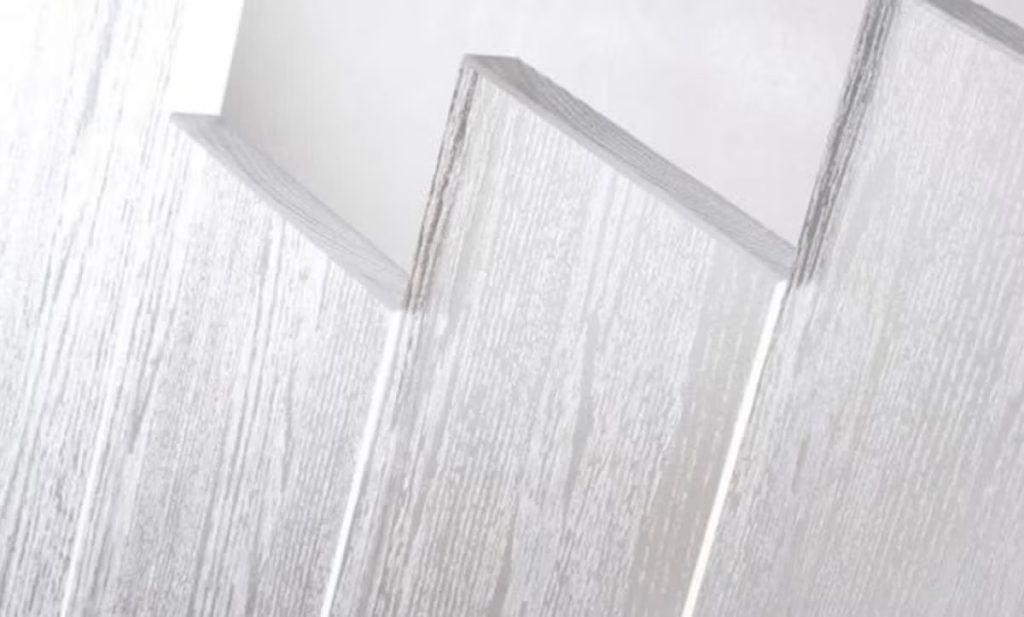
If you’re looking for a building material that’s both sustainable and lets light pass through, transparent wood offers a surprising solution. Scientists remove the light-blocking lignin from wood and replace it with clear polymers, creating a material that’s strong like wood but transparent like glass. Transparent wood provides up to 85% light transmittance while being more energy-efficient than glass and retaining wood’s natural strength and insulating properties. Architects experimenting with this material report significant energy savings in buildings, as transparent wood blocks heat while allowing natural light to reduce electricity needs.







